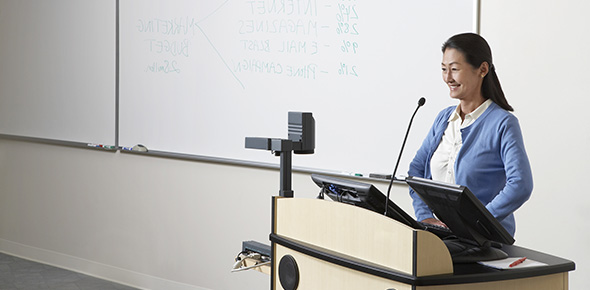Related Flashcards
Cards In This Set
| Front | Back |
|
Samuel Thomson
|
Father of amercian herbalism
|
|
Samuel Hahnemann, MD
|
Small dilute doses - coined homeopathy vs allopathy - use drugs w/similar effect as illness
|
|
Osle
|
4 principles: inspection, palpation, auscultation, contemplation
|
|
PCOM start (year/who)
|
1899, OJ Snyder, Mason Pressly
|
|
Closed 50% of med schools
|
Flexner report
|
|
Andrew Taylor Still (years, opened school, where)
|
1828-1917, 1892, Kirksville Missouri
|
|
4 meds used in 1933 still in use
|
Quinine, aspirin, digitalis, morphine
|
|
7 roles of fascia
|
Compartmentalization --
support -- conduit -- diffuse nutrients -- energy storage -- defense -- barrier -- |
|
What is fasica (specific) and what is it made by
|
Type 1 collage (mostly), fibroblasts
|
|
Tensegrity
|
Balance btw tension and compression
|
|
Wolf's law
|
Pull muscle, bone, fascia enough - structure will change
|
|
Fascia on superior thoracic outlet
|
Sibsons fascia
|
|
Name the 5 models of osteopathic care
|
Postural-biomechanical --
respiratory-circulatory -- neruologic-autonomic -- biopsychosocial -- bioenergetic-metabolic -- |
|
Hooke's law
|
The more you pull on CT - longer it gets
|
|
Hysteresis
|
Retention of deformity after force is removed
|






